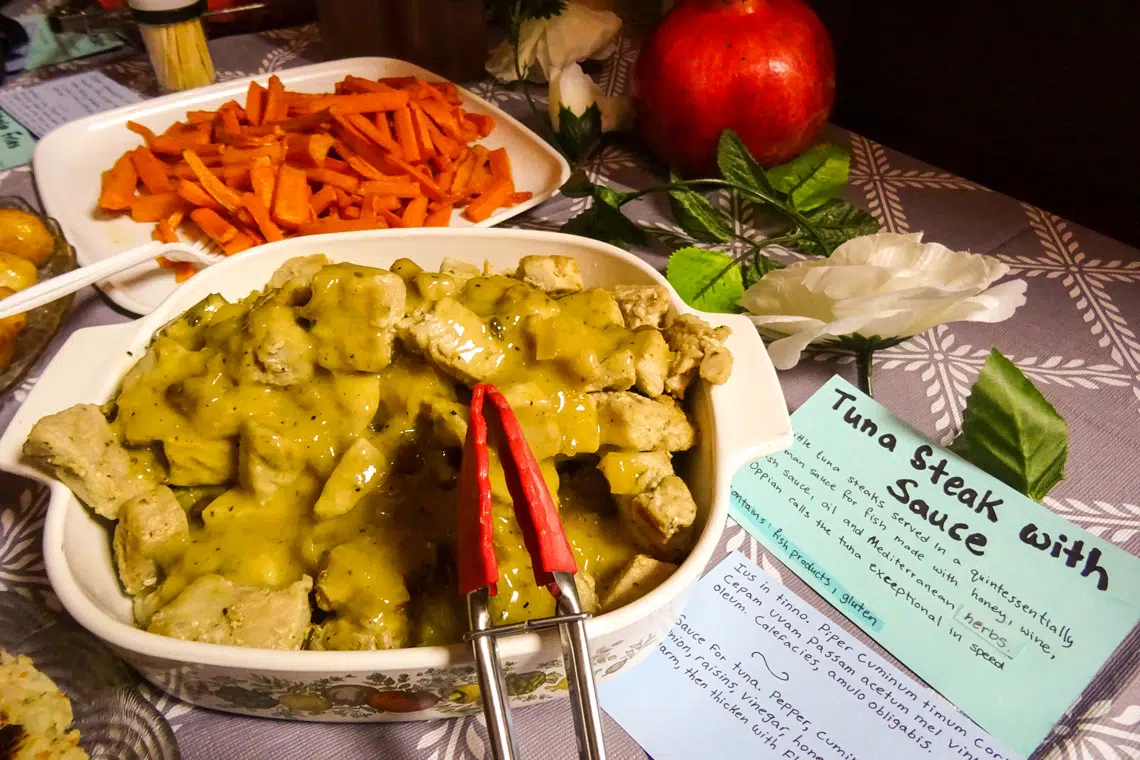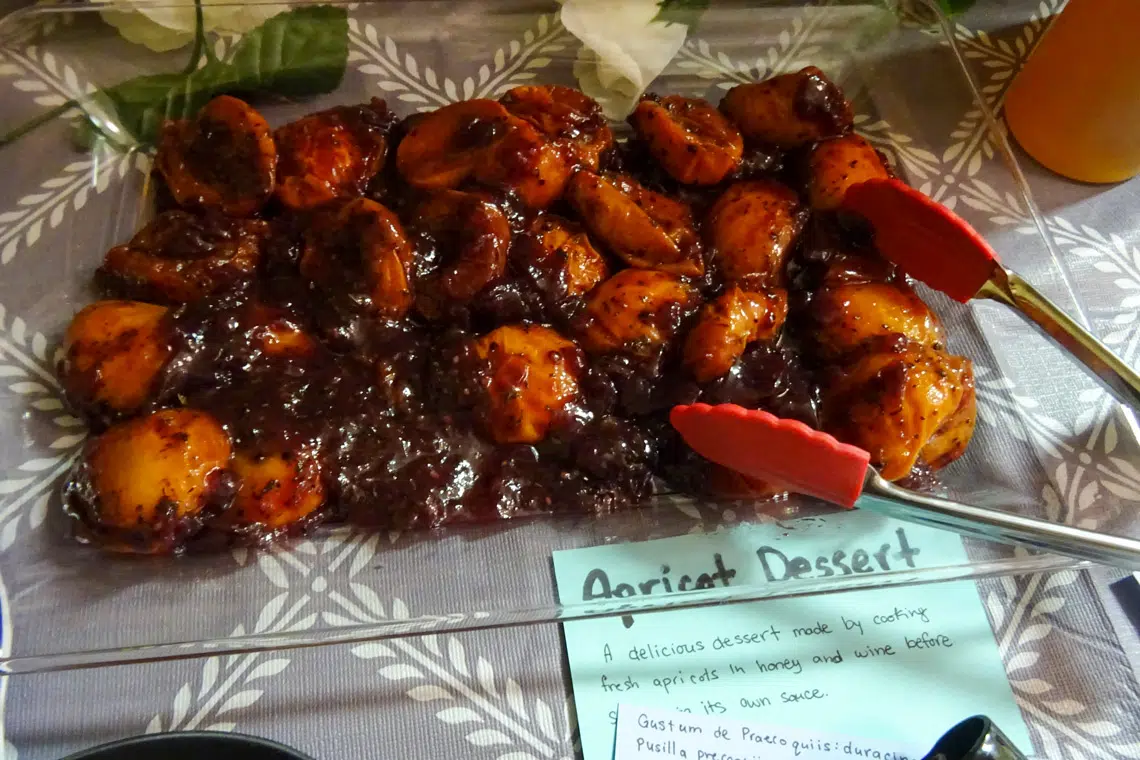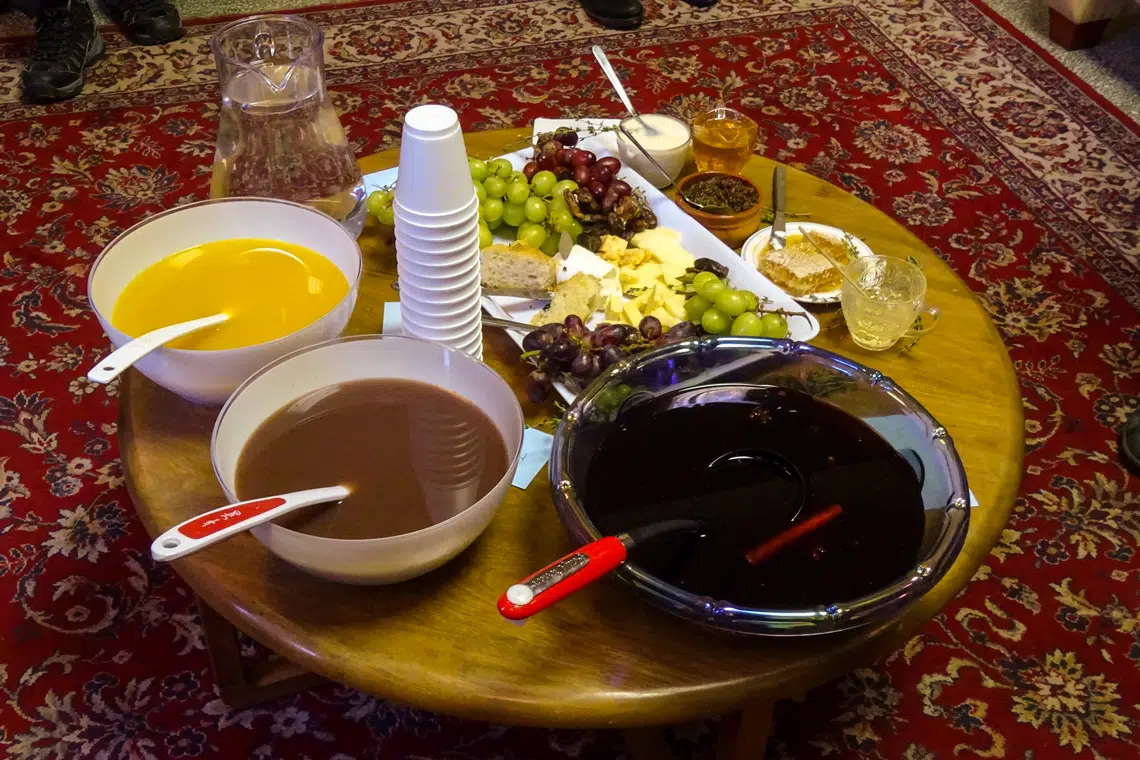
Students at the University of Toronto in Canada recently had the chance to dine on ancient Greek and Roman food during an “Ancient Food Day” hosted by the university.
About 40 or so students tried delicacies enjoyed by the Greeks and Romans. Recipes for the dishes were found in ancient cookbooks, which allowed students to faithfully recreate the dishes.
The dishes on offer ranged from tuna steak with sauce to sweet desserts served with honey. Some of the recipes were comparable to the most popular foods enjoyed today, whereas others were more alien.
Bringing ancient Greek and Roman food back to life
The event was hosted by the University of Toronto’s Classics Students’ Union and made available to students from the Department of Classics in the Faculty of Arts & Science.
“We believe food is the perfect vehicle for gathering people and communities,” said John Liao, a fourth-year Classics student and the president of the Classics Student Union.
“We’re thrilled to share the fruits of our own learning and love for the ancient world by offering students a unique opportunity to try real recipes from Greek and Latin sources and adapted to modern cooking,” he continued.

Recipes
Greek and Roman food was varied, as reflected by the offerings available at the Ancient Food Day event.
For appetizers, students had the opportunity to try parsnip fries. The parsnips were sliced in thick cuts and then fried in olive oil. They were served with a sweet and sour sauce made with vinegar, fish sauce, honey, and spices.
A variety of main course dishes were also prepared. Roman-style Tuna stakes were presented with a sauce made with honey, wine, oil, and Mediterranean herbs. Another seafood option was crab isicia, a type of crab cake enjoyed by the ancient Romans.
Vegans and vegetarians were not without options. Vitellian broad beans, or fava beans, were a popular option in antiquity. However, the ancient Greek mathematician and philosopher Pythagoras was not a fan and advised against eating them.
Pythagoras believed that fava beans cause excessive gas and that by passing gas too frequently, a person was in danger of losing the “breath of life”.
For any students anxious to avoid ghostly wind-inducing beans, perhaps the desserts on offer presented a more tempting option. For example, there was ibum, a warm dish resembling a cheesecake made from dough of cheese, flour, and eggs. Libum was also sometimes offered to the gods as a portion of sacrificial food. Fresh apricots prepared with honey and wine were another option for those with a sweet tooth.

Sources
The Classics students were able to recreate the dishes based on surviving cookbooks from the ancient world. In some cases, the ingredients used by the Greeks and Romans were no longer available, but for the most part, the dishes were faithful recreations.
One of the recipe books used was the De Re Coquinaria. It was written by the first-century AD gourmand Marcus Gavius Apicius. Most of the recipes in the book were created for the wealthiest Romans and contained exotic and expensive ingredients like flamingo.
Deipnosophistae, was another useful source. It was written in the early third-century AD by the Greek author Athenaeus. It is notable for containing the original text of a recipe by Mithaecus, the author of a now-lost cookbook. It is considered the oldest recipe by a named author in any language.
De Agri Cultura, which translates to “On Farming” or “On Agriculture”, is also a useful source. It was authored by the Roman soldier and statesman Cato the Elder around 160 BC and is considered to be the earliest surviving piece of Latin prose.

Food, History, and Classics
Reflecting on the event, Victoria Wohl, chair of the department of classics, said “The study of classics is a much more diverse field than people think. Some of us are out in the field digging, some of us are in the library reading and some of us are in the lab cooking.”
“What makes the study of classics so amazing is that we take every possible approach to try to reconstruct the physical world, the intellectual world and the sensory world of the people who lived then,” she continued. “We try to get a sense of life in ancient Greece and Rome that is as rich and full as possible.”
“We read about people eating these things in our literary texts, and we learn to translate them into English, but it’s doesn’t reach our tastebuds. This is a way of making ancient history less purely intellectual and more of a fuller, sensory experience,” Wohl concluded.
See all the latest news from Greece and the world at Greekreporter.com. Contact our newsroom to report an update or send your story, photos and videos. Follow GR on Google News and subscribe here to our daily email!



